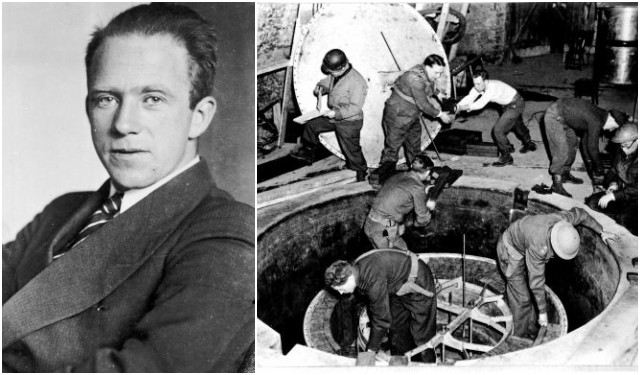Werner Heisenberg’s foundational contributions to quantum mechanics made him one of the greatest and most controversial physicists of his time. At the age of 31, Heisenberg became the second youngest person to receive the Nobel Prize in physics. Soon after, he became the director of the Nazi atomic bomb program.
However, during the early days of the Nazi regime, Heisenberg got himself into trouble as he supported Einstein’s ideas on relativity, contrary to the Nazi-sanctioned Deutsche Physik movement. Anti-Semitic physicist Johannes Stark, who shared Hitler’s racist views, wrote an article in the Nazi journal Das Schwarze Korps, describing Heisenberg as a “White Jew.”
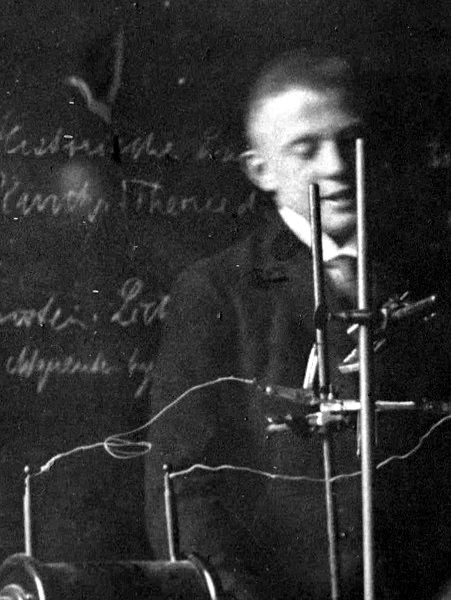
To prove him wrong, Heisenberg invited the leader of the local Nazi Students League to his house and managed to convince him that he was just “apolitical” and that he was loyal to the German government.
However, the campaign against Heisenberg and many other scientists in Nazi Germany, seen as Jewish sympathizers continued in the next years. Heisenberg was hauled into the Gestapo headquarters for questioning, on several occasions. They bugged his house and even placed spies in his classes to see if he would mention Einstein’s name to his students.
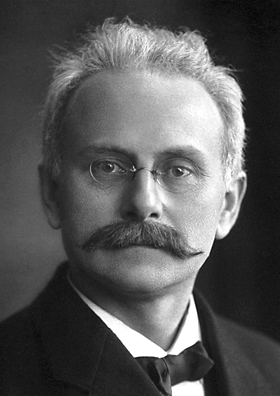
Heisenberg’s mother was worried that if the Gestapo continued to harass her son, he might end up in a concentration camp. Luckily for Heisenberg, in his early years, he attended school with SS chief Heinrich Himmler and his mother happened to know Himmler’s mom. So, just like every concerned mother would do, she decided to call her and ask if she would please tell the SS to give her son a break. Soon after the phone call, Himmler forbade further attacks on the physicist.
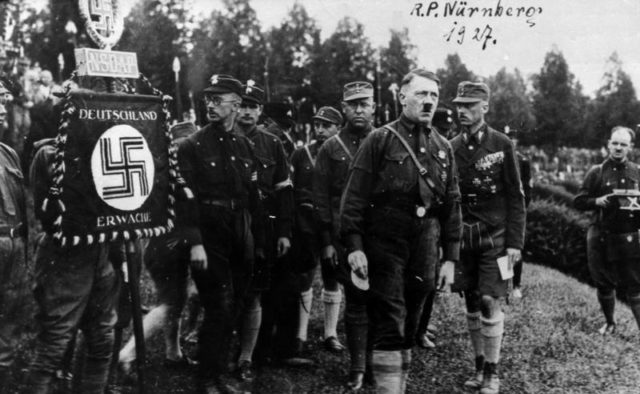
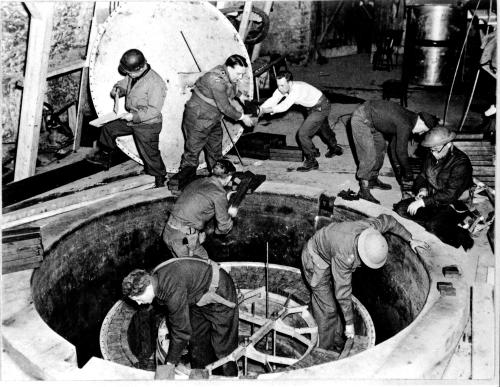
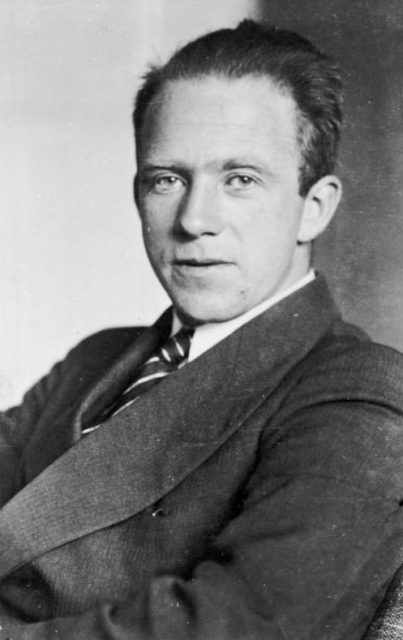
“I believe that Heisenberg is decent, and we cannot afford to lose this man or have him killed since he is a relatively young man and can bring up the next generation,” Himmler wrote to the head of the Gestapo Reinhard Heydrich.
Eventually, Heisenberg was recruited by the Nazis to help them build an atomic bomb. Heisenberg was made the director of the Nazi atomic bomb program, and with 60 other scientists, they founded ‘The Uranium Club’ named after the U-235 isotope which is the key element in nuclear fission reactions.
There is much controversy behind this project because many believe that Heisenberg deliberately sabotaged it just to keep the atom bomb away from the hands of the Nazis. On the other hand, another theory suggests that the Germans didn’t even get close to building an atomic bomb because Heisenberg simply couldn’t understand how to make one.
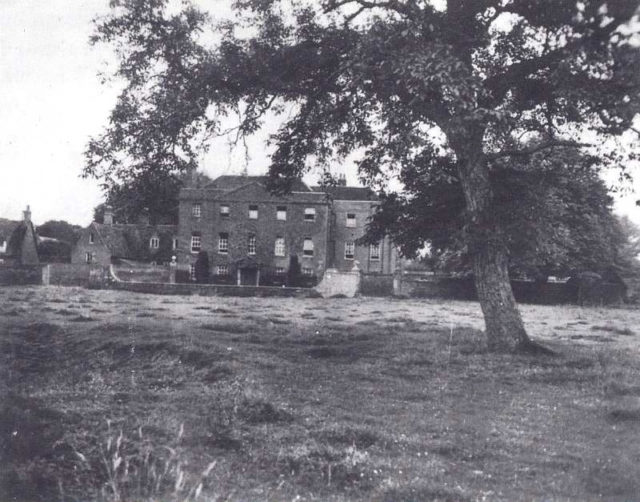
When World War II came to an end, many German scientists were held and interrogated at Farm Hall in England and among them was also Heisenberg. They informed him about the atomic explosion at Hiroshima and came to a conclusion that he miscalculated the critical mass needed to achieve a nuclear bomb as he estimated the amount of U-235 in the Hiroshima bomb at 900 kilograms and in fact, it was just 56.
When Heisenberg came back to Germany, he was named a director of the ‘Max Planck Institute for Physics’ and served in that position until 1970 when he retired.
